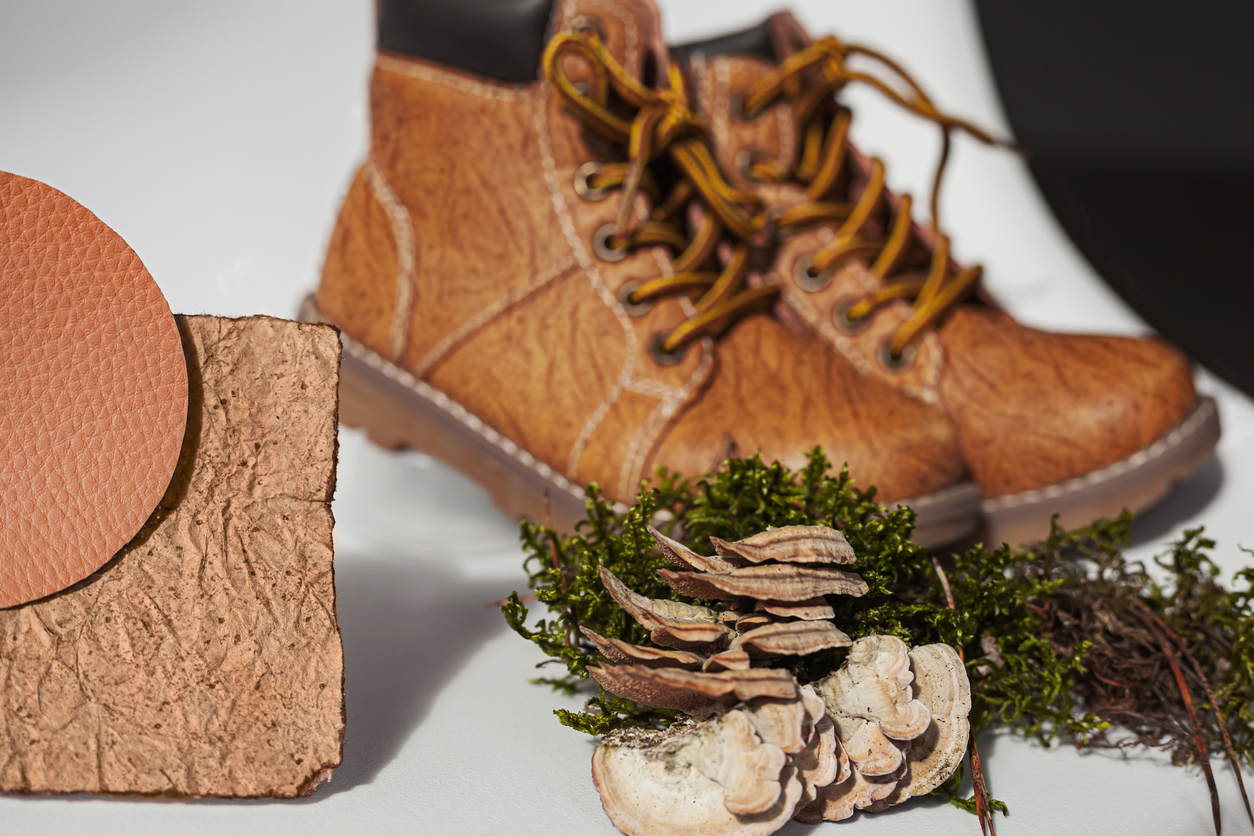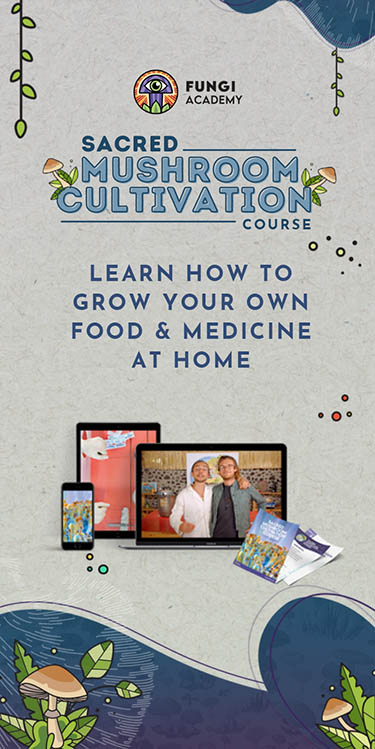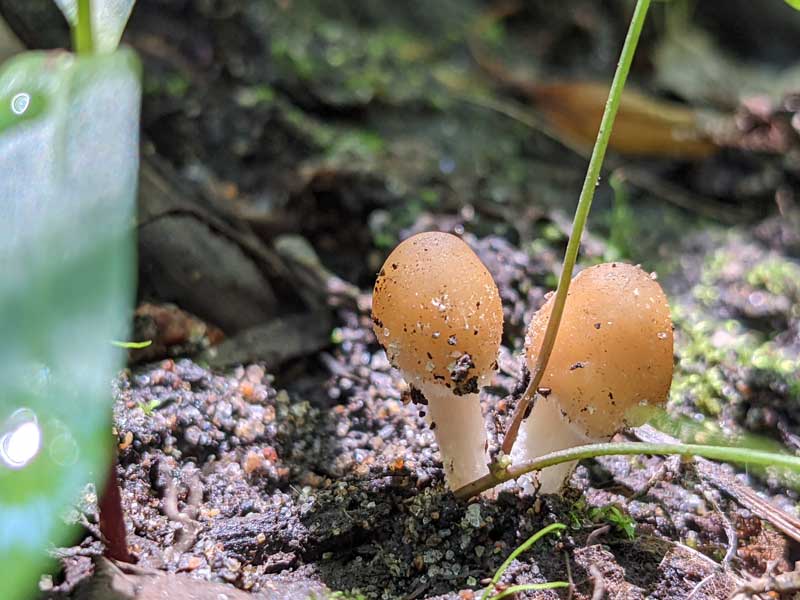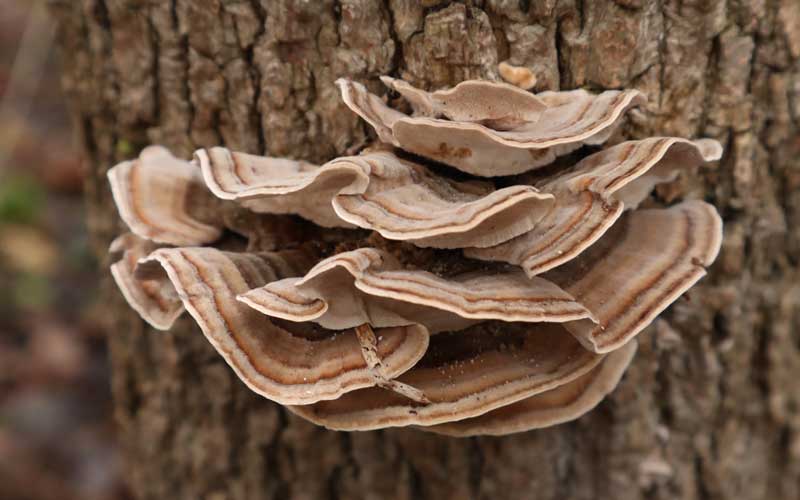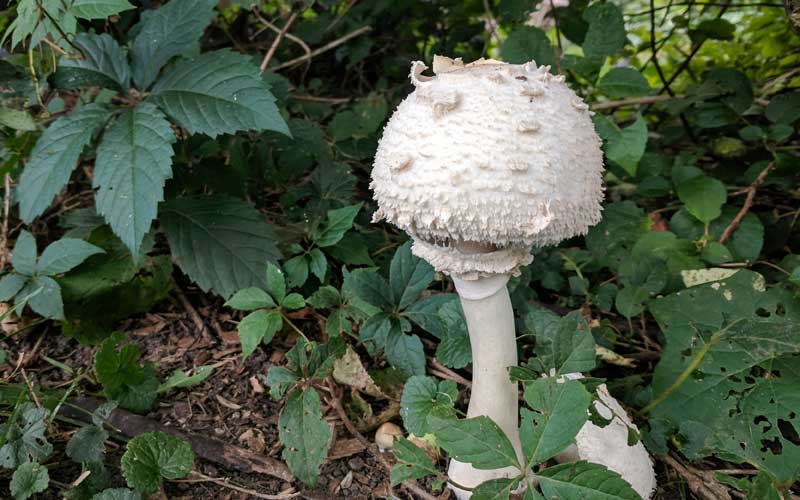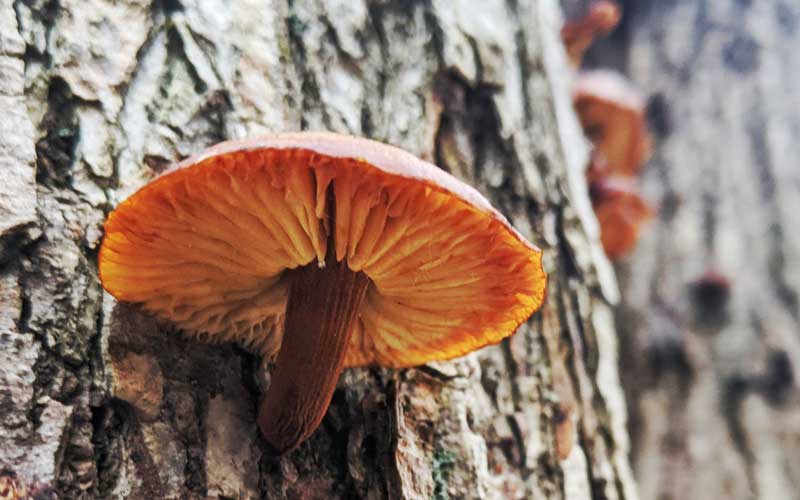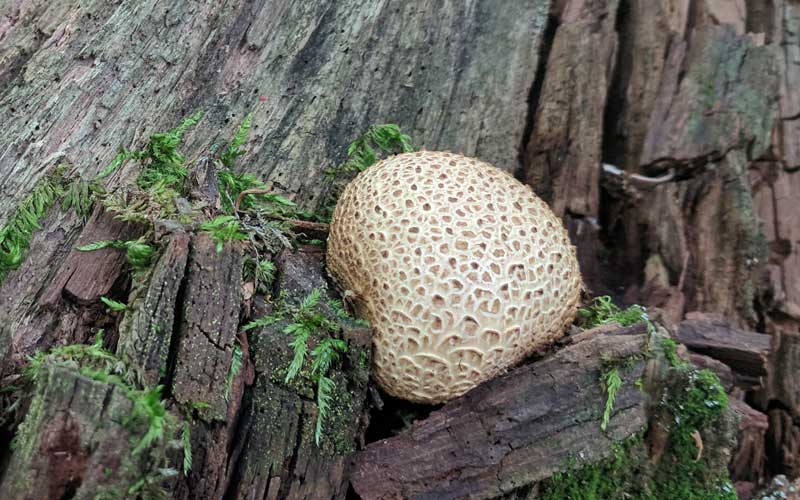Harnessing the Power of Fungi to Protect Astronauts from Cosmic Radiation.
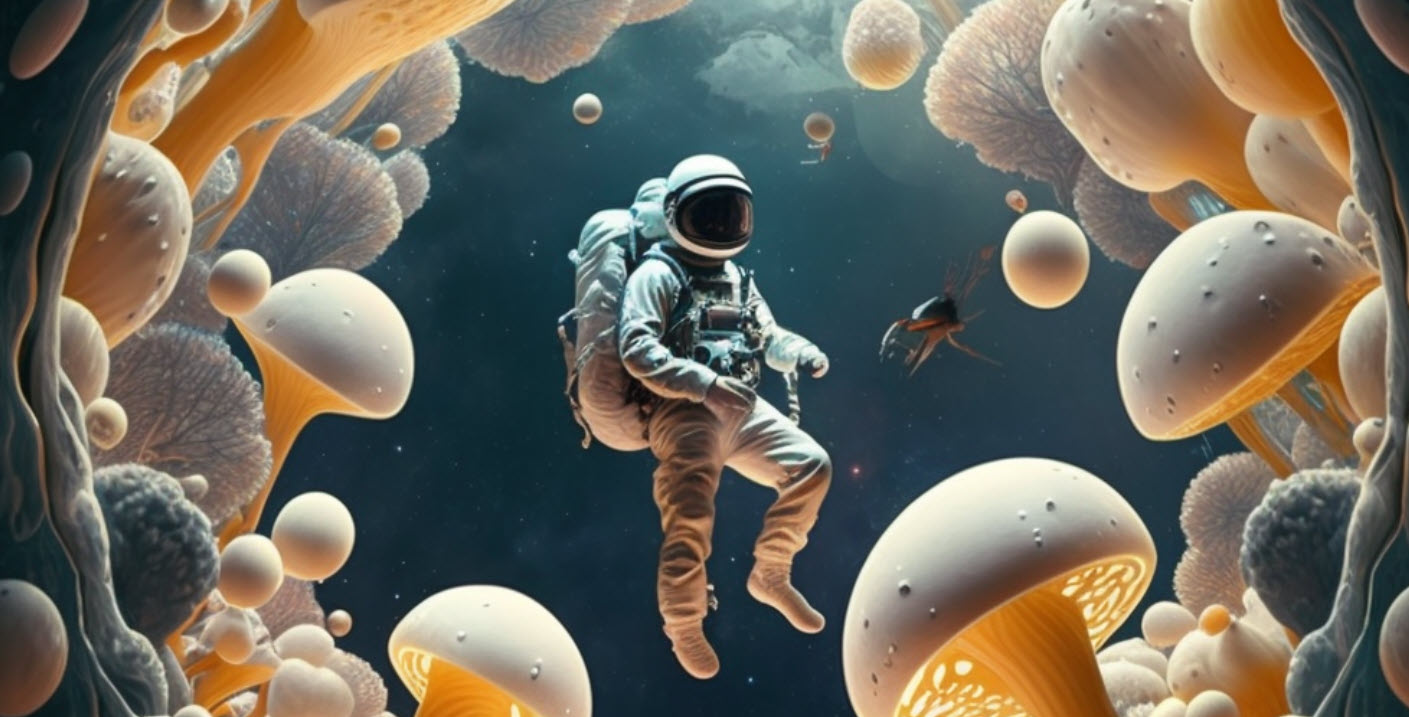
The vast expanse of space holds both the allure of discovery and the challenge of its formidable elements. As we venture beyond Earth's protective atmosphere, one of the most pressing concerns is the impact of cosmic radiation on human health.
In the quest to safeguard astronauts during space exploration, an unlikely ally emerges from the natural world: fungi.
Recent advancements in space research have unveiled a groundbreaking concept—using fungal mycelium to create a shield against radiation, a technological innovation that could reshape the future of space travel.
Radiation-Resistant Fungi Provide a Natural Shield
At the heart of this innovative approach lies the observation that certain types of fungi are not only capable of thriving in high-radiation environments but can also absorb or deflect radiation.
Remarkable examples include Cryptococcus neoformans and Cladosporium sphaerospermum, fungi discovered in the radioactive landscapes of the Chernobyl Nuclear Power Plant.
These fungi possess a natural defense mechanism—the pigment melanin, which has the unique ability to absorb and dissipate ionizing radiation, transforming it into less harmful forms of energy.
Leveraging the Power of Mycelium in Space
The vision is to utilize the radiation-resistant properties of fungal mycelium to establish a protective layer around spacecraft, habitats, and even spacesuits. The concept operates on multiple fronts.
One approach involves integrating fungal mycelium into spacecraft materials, creating a robust and interconnected network as it grows. This living radiation shield could be seamlessly woven into the very walls of spacecraft and habitats, providing astronauts with enhanced radiation protection.
Alternatively, lightweight and flexible mycelium-based materials could be designed for application to spacesuits and equipment. This innovation opens the door to personalized radiation protection, ensuring astronauts are shielded from the perilous effects of cosmic rays and solar radiation.
Tests aboard the International Space Station
The challenge of radiation in space exploration is a formidable one, deeply embedded in the health and safety of astronauts. Extended periods of exposure to cosmic radiation have been found to induce changes in astronauts' DNA, raising concerns about the viability of long-duration space missions, such as travel to Mars.
Inspired by nature's resilience, a collaborative effort between researchers from the University of North Carolina at Charlotte and Stanford University has focused on those fungi thriving in the aftermath of nuclear catastrophe in Chernobyl.
Trials of these unique fungi have already commenced aboard the International Space Station, offering promising insights into their potential role in enhancing radiation shields for future space missions. The findings have sparked excitement and imagination, hinting at a possibility that could redefine the safety of astronauts venturing into the unknown.
The extraordinary aspect lies in the fact that radiation, a force that is overwhelmingly destructive for most life forms, has a different effect on these fungi.
Instead of being a death sentence, radiation becomes an energy source, highlighting the remarkable adaptability of certain fungal species to even the most inhospitable environments.
A New Chapter in Space Exploration
The synergy between fungal mycelium and space exploration exemplifies the potential for nature-inspired solutions to address the most complex challenges.
While the application of fungal mycelium as a radiation shield is still an evolving realm of research, its promise resonates strongly in the pursuit of safer and more sustainable space travel.
As scientists push the boundaries of innovation, the alliance between fungi and astronauts stands as a testament to the resilience of life—and the ingenious ways in which we can learn from and collaborate with the natural world.
In this unfolding cosmic story, fungi emerge not only as cosmic survivors but also as guardians of humanity's journey beyond the stars.
Related Topics:
10 Ways Mushroom Mycelium is Being Used in Modern Materials.
While mostly hidden underground, mycelium is now making it possible to create a whole new range of eco-friendly materials. Read the full article...
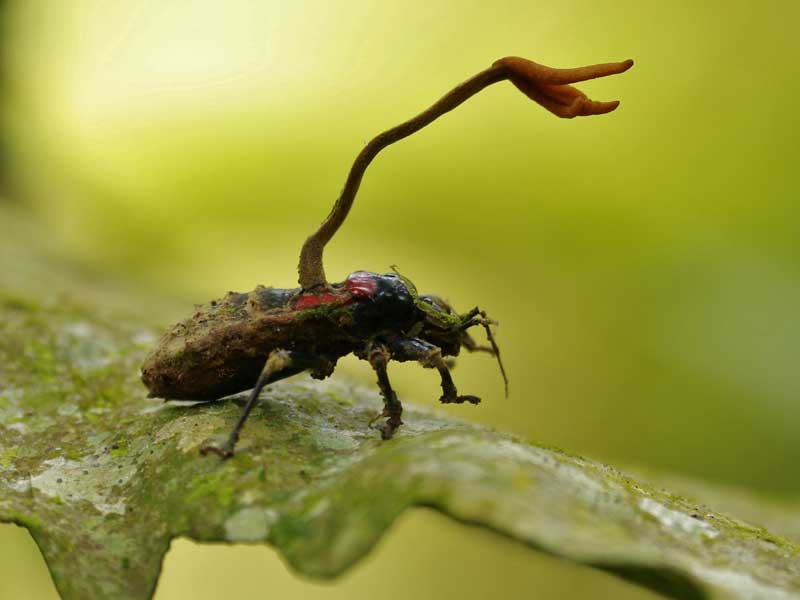
6 Incredible things about fungi and mushrooms you probably don’t know.
From zombie fungi to mycelium coffins and more, mushrooms and fungi never fail to stretch and test our imaginations. Read the full article...
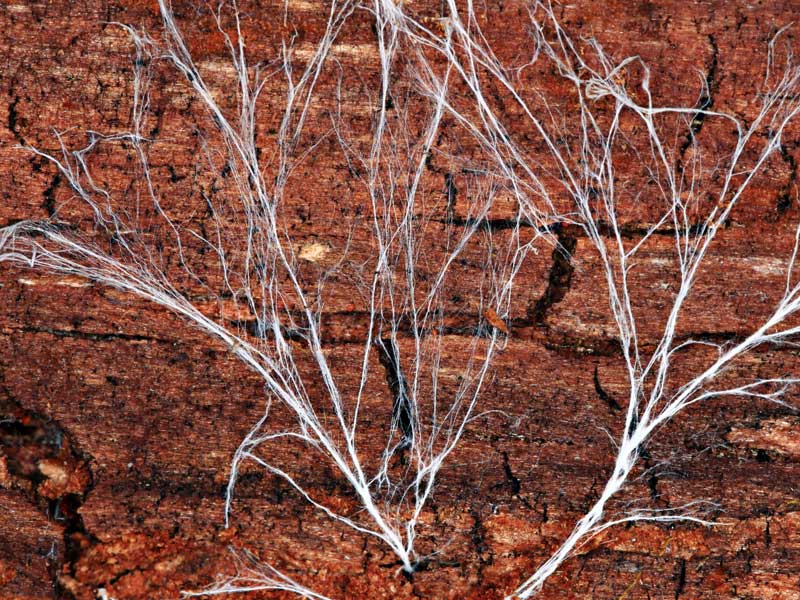
Mycelium… the underground network that connects and supports all life.
Mycelium is the miracle beneath our feet. It’s the root system of the mushrooms we see above ground, and a whole lot more. Read the full article...
